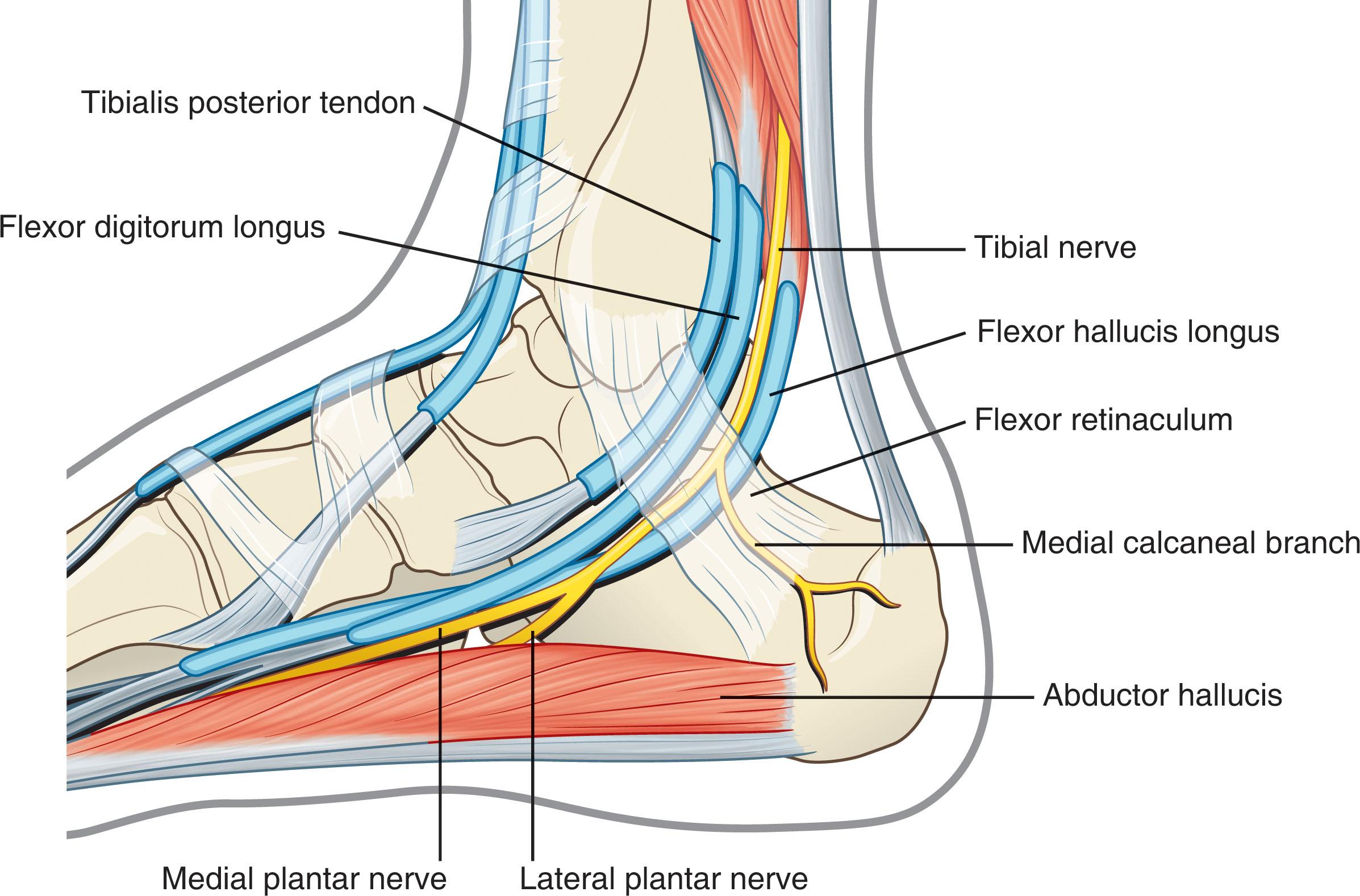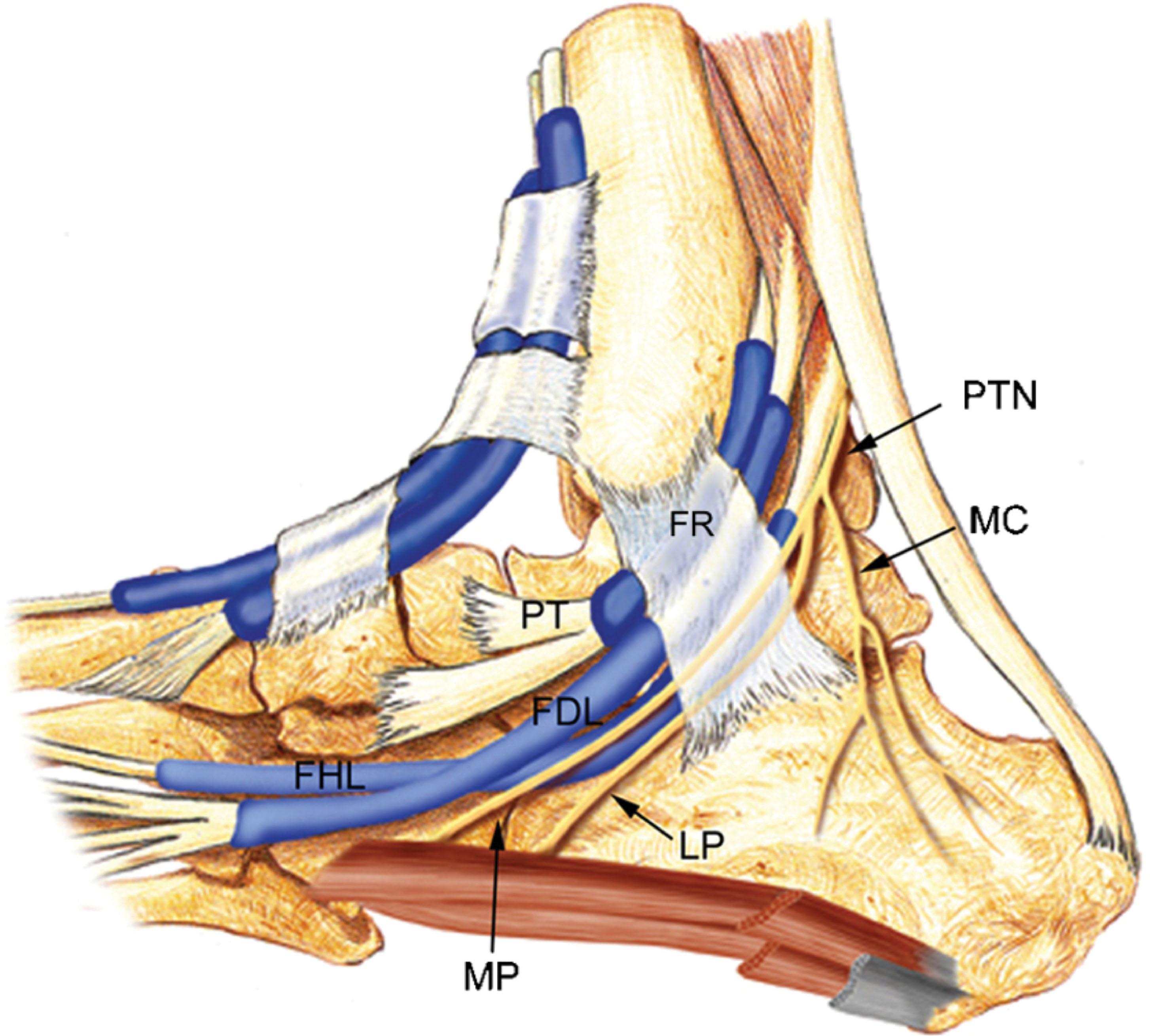Physical Address
304 North Cardinal St.
Dorchester Center, MA 02124
The purpose of this chapter is to provide an overview of peripheral nerve stimulation for the treatment of overactive bladder (OAB) syndrome. OAB is common among adults worldwide, with a substantial psychological and economic burden on society. Symptoms typically include a self-reported sense of urgency to void. Other symptoms can include increased urinary frequency, nocturia, and urge incontinence. Reports of overall global prevalence have ranged from 1.5% to 36.4% of the population. Some medications and behavioral treatments exist, though patients with refractory symptoms have relatively few interventional options. Three of these options are percutaneous tibial nerve stimulation (PTNS), sacral neuromodulation (SNM), and implanted tibial peripheral nerve stimulation (PNS).
PTNS and SNM have both been shown to benefit women with OAB and, in particular, detrusor overactivity. One of the first reports of PTNS on the effects of the bladder was published in 1983 by McGuire et al. in the Journal of Urology , outlining the motor and sensory changes inducible in the bladder with electrical stimulation of the tibial nerve. The exact mechanism of action of PTNS remains under investigation. This chapter will review mechanistic evidence available from animal data and clinical trials.
PTNS utilizes a small (37 G) needle in the medial ankle, proximal to the medial malleolus, with electrical stimulation provided over the course of 30 minutes, typically repeated at weekly intervals for 12 weeks. It is suggested that this stimulation alters the activity of spinal nerves to the bladder. Details of this procedure, as well as common pitfalls, will be reviewed in this chapter. Systematic reviews of PTNS have demonstrated an approximate efficacy of 60% in patients with or without prior anticholinergic and other conservative therapy. Of note, this is close to the efficacy level of first- and second-line anticholinergic medications used for OAB. Clinical trials have historically demonstrated efficacy when the treatment is administered over the course of 12 weeks.
SNM is clinically administered via an implantable device, such as Medtronic’s InterStim and Axonics. Like PTNS, the mechanism of action is incompletely understood, though is presumed to be secondary to altered signaling to the bladder from the spinal nerves. SNM is typically administered first on a trial/temporary basis, and then, if successful, as a permanent implant. In both phases, an electrical lead is placed into one of the S3 foramina or, less commonly, both. Efficacy rates vary based on criteria and range from 30% (low end of cure rate) to 90% (high end of general symptom improvement rate). Given the implantable nature of SNM, there is a higher risk of adverse events with SNM compared with PTNS. These risks will be discussed in additional detail later.
The tibial nerve is one of the two terminal branches of the sciatic nerve. The tibial nerve originates from the spinal nerve roots of L4 to S3 and provides motor and sensory innervation to most of the posterior leg and foot. The tibial nerve travels down the medial part of the leg, anterior to the Achilles tendon, where it is found behind the posterior tibial artery.
The nerve gives off the medial calcaneus nerve (S1-S2), which innervates the medial aspect of the heel; after that, at the flexor retinaculum (known as the tarsal tunnel), it divides into two branches. The medial (L4-L5) and lateral plantar nerves (S1-S2) both travel under the abductor hallucis to innervate the plantar aspect of the toes ( Fig. 39.1 ).

PTNS treatment is indicated for patients with symptoms of OAB, including urinary urgency, urinary frequency, and/or urinary urge incontinence. Typically, patients have tried other conservative treatments, including oral medications and behavioral modifications (see later, under Societal Guidelines). The US Food and Drug Administration (FDA) has approved the use of PTNS for just one indication: nonneurogenic idiopathic OAB.
Nerves emanating from the L2-S4 spinal levels innervate the lower urinary tract and all other pelvic organs. The sciatic nerve is of particular interest as a neuromodulation target in OAB because it is composed of fibers from the L4-S3 nerve roots. One of its branches, the posterior tibial nerve, is an easily accessible target for neuromodulation. Proposed effects center on modulation of the neural circuits responsible for micturition. Major components of this neural circuit, including the spino-bulbo-spinal parasympathetic reflex pathway, are known to exhibit switch-like patterns of activity that turn on and off in an all-or-none manner. In animal studies of decorticate cats, for example, increased tibial nerve activity promoted detrusor overactivity. In another study of cats with an intact central nervous system (CNS), tibial nerve modulation inhibited detrusor overactivity. This effect on micturition, interestingly, may be partially mediated by opioid receptors. This was demonstrated by administration of intravenous naloxone, a potent opioid receptor antagonist, which negated the effect of tibial nerve modulation on the bladder. This suggests that opioid receptors and endogenous enkephalins may play an important role in PTNS. However, these animal studies have not been replicated in species with physiology more similar to humans.
While these and similar studies continue to elucidate the precise mechanism of action, there is consistent clinical evidence that tibial nerve stimulation at the medial ankle provides an indirect route to stimulation of the sacral nerve plexus ( Fig. 39.2 ). However, the optimal parameters necessary to produce clinically meaningful modulation remain unknown. Currently, stimulation sessions last for approximately 30 minutes and take place over the course of 12 weeks, with one session per week. These parameters are largely supported by anecdotal evidence and may vary. For instance, daily stimulation has been studied in a pilot study as an alternative to weekly sessions. There is clinical evidence that it may take up to six sessions for beneficial effects to be noticed by patients, a finding that may provide some insight into the mechanism of action.

Multiple randomized controlled trials have demonstrated the efficacy of PTNS. For example, in 2009 and 2010, in the Journal of Urology , Peters et al. published two clinical studies of PTNS. The first demonstrated that PTNS was superior to sham in a trial of 220 randomized patients with weekly treatments over 12 weeks. One week after the treatments were complete, 54.4% of the patients in the PTNS group reported improved symptoms, compared with 20.9% of patients in the sham group. In the other major trial, Peters et al. reported a cure/improvement rate of PTNS at 80%, as compared with 54.8% in a group receiving a common OAB therapeutic, tolterodine.
Become a Clinical Tree membership for Full access and enjoy Unlimited articles
If you are a member. Log in here